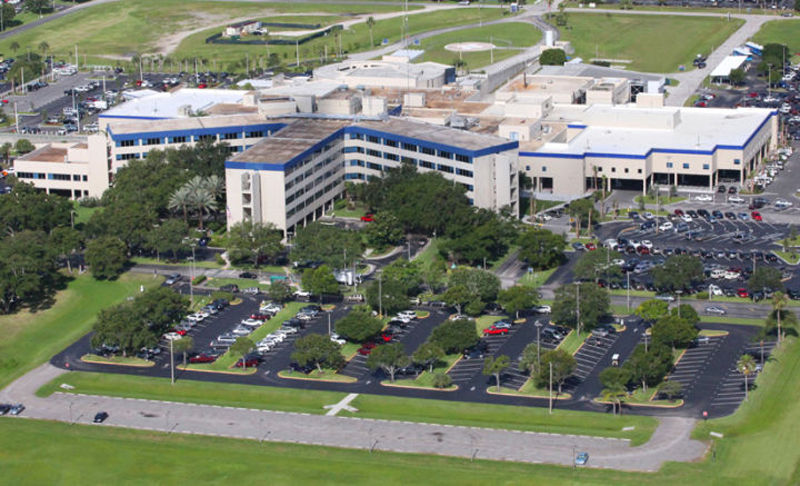INDIAN RIVER COUNTY — When Hospital District trustees met last week with the accountant they hired to comb through Indian River Medical Center finances, they got some disturbing information: The property tax dollars they have directed to the hospital for indigent care for several years paid for more than that, healthcare accountant Ken Conner told them.
The overcharges, to the tune of about $400,000 per year, apparently occurred because the hospital defined indigent care expenses much more broadly than District trustees realized, and included an allocation of overhead and executive salaries.
“The hospital used an inappropriate accounting method that will be corrected going forward,” said Hospital District Chairman Tom Spackman.
Conner’s investigation revealed that beyond the direct costs associated with indigent care, the hospital sought taxpayer money that it applied to executive salaries and hospital operational expenses, the justification being that these expenses were indirectly related to indigent care.
When District trustees asked Warren Fuller, hospital vice president of finance, what other financial needs indigent care reimbursement was being used to help fund, he told them that “the Duke affiliation fees and Cancer program were not in there.”
Conner focused on the Partner’s childbirth clinic at the hospital and found that in 2013 and 2014, the direct costs for indigent care reimbursement were running at approximately $1.7 million a year.
But taxpayers were paying the hospital $2.1 million, or more than $400,000 beyond that amount, each year.
No more, said District trustees, who hired Conner, a former Tennessee hospital CFO and current expert in healthcare reimbursement, to delve into hospital financial information.
While the hospital had previously been reluctant to provide this information to the District, the hospital leadership became more cooperative a few months ago after the District hired a team of lawyers to define their responsibilities as the elected representatives of the taxpayers.
“Well-meaning people on both sides were trying to communicate and not succeeding. But with attorneys from both sides working together, the communication has come to a point of much better understanding,” said recently appointed District trustee Allen Jones, a former board chairman of the hospital’s foundation.
With their new knowledge about overpayments, District trustees will figure out future hospital reimbursement amounts that they believe are fair to both the hospital and the taxpayers.
For the current fiscal year, District trustees told the hospital they will pay $6 million for general indigent care reimbursement and $1 million for Partners reimbursement. But the hospital’s position is that it needs $7 million for general reimbursement and an additional $2.4 million for Partners.
The District’s two best options for a general reimbursement formula, according to Conner, are:
**Reimburse at a “nonfederal rate,” which is much less than the Medicare reimbursement rate previously paid by the District, and about 10 percent less than the Medicaid rate. **Match payments to services that are part of a diagnosis, as started by Medicaid in July 2013, under a program called the “diagnosis-related group” plan. With this reimbursement method, payments would approximate Medicaid rates but would vary, depending upon the diagnosis.
The advantage of the nonfederal rate, said Conner, is that it could be implemented by mid-January.
The advantage of the diagnosis-related plan is that the hospital would provide a lot more information on the hospital payment system to District trustees, and payments would be more closely connected to services.
But the latter plan would require collecting and reviewing a lot more information and could not be implemented before March.
“We are so far behind. This drags on and on and we need to conclude,” trustee Alma Lee Loy said at last week’s meeting.
In February, the hospital and the District began negotiating how the District would reimburse the hospital for indigent care – a process that was supposed to be completed by April.
Nine months later, the negotiations continue.

